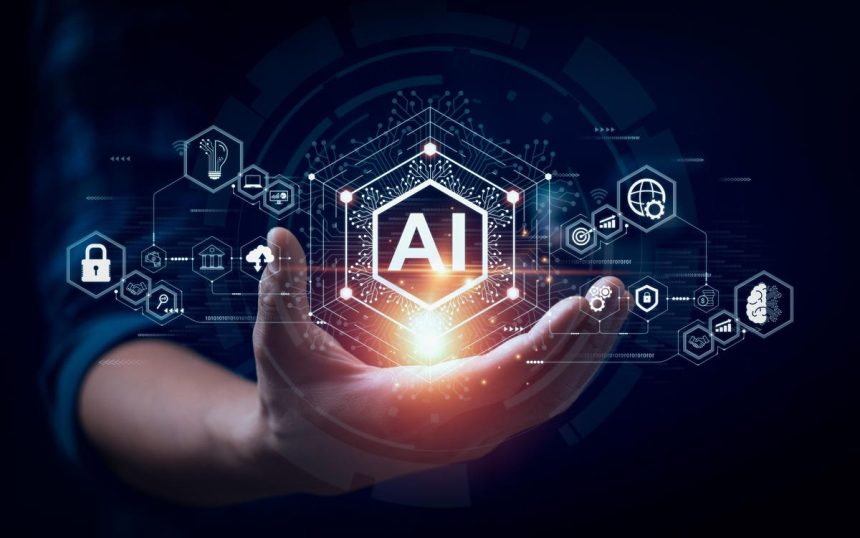There are many things that technology can do well when it comes to monitoring body language. A computer can detect the slightest microexpression — something that even highly trained experts don’t always catch, and can tell the difference between a genuine smile and a fake one. Thermal imaging can chart changes in the temperature of our physiology that show our stress level and how hard our brains are working. And the advances in artificial intelligence (AI) have demonstrated even more impressive capabilities. But, when it comes to decoding the nuances of body language, technology has a long way to go.
One of the primary challenges AI faces in understanding body language lies in the intricacies of human communication. Body language is not governed by strict rules or fixed patterns; it is heavily influenced by context, culture, and individual differences. A gesture or facial expression that signifies one thing in a particular situation might convey an entirely different message in another. The ability to interpret body language often depends on the observer’s perception, gender, and cultural background, making it difficult for AI algorithms to navigate through such ambiguity.
Body language also often involves subtle and subconscious cues. An experienced observer might pick up on these minute details, but for AI, these subtleties often go unnoticed. Furthermore, the context of a conversation can significantly impact the meaning of body language. A simple nod can convey agreement or encouragement in one setting, but it might indicate impatience or disapproval in another.
There’s also a problem because AI lacks the emotional intelligence and empathy that remain uniquely human traits. Human beings decipher emotions not only by observing body language but also by drawing on their personal experiences, innate empathy, and basic understanding of human psychology. AI, on the other hand, can only analyze data and recognize specific patterns associated with emotions, as it lacks the underlying emotional comprehension that is essential for a deeper understanding of body language.
Body language comprises an intricate web of nonverbal cues, such as facial expressions, gestures, posture, eye contact, touch, and vocal prosody (how we say what we say). These cues are highly nuanced and can convey a broad range of emotions and intentions, sometimes simultaneously. For example, a person might appear confident while subtly showing signs of discomfort or anxiety. Deciphering these complex interactions requires a level of intuition and experience that current AI systems lack.
While AI has made impressive strides in various areas of human-computer interaction, reading and comprehending body language remains an elusive feat. The multifaceted nature of nonverbal cues, the context-dependent interpretations, the need for emotional intelligence, and the ever-evolving nature of human interactions pose significant challenges to AI systems.
As technology advances and research progresses, AI may become more adept at detecting body language signals, but it is unlikely to acquire the necessary depth of human perception and emotional comprehension in the foreseeable future. In the meantime, understanding and responding to nonverbal communication will continue to rely primarily on the human brain, which has been “wired” to read body language from the time human began communicating with one another.
Read the full article here










